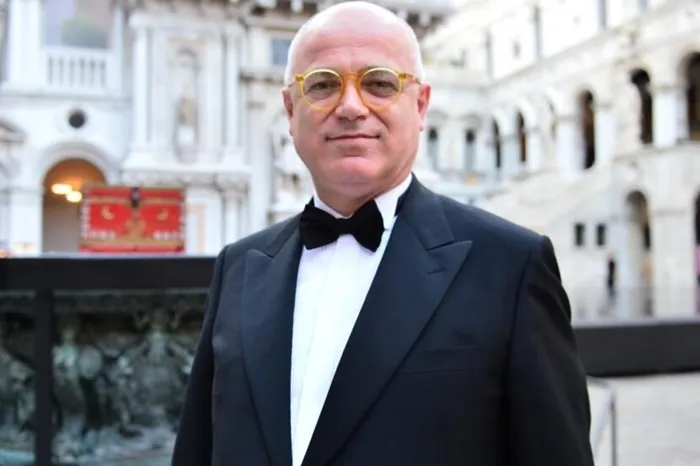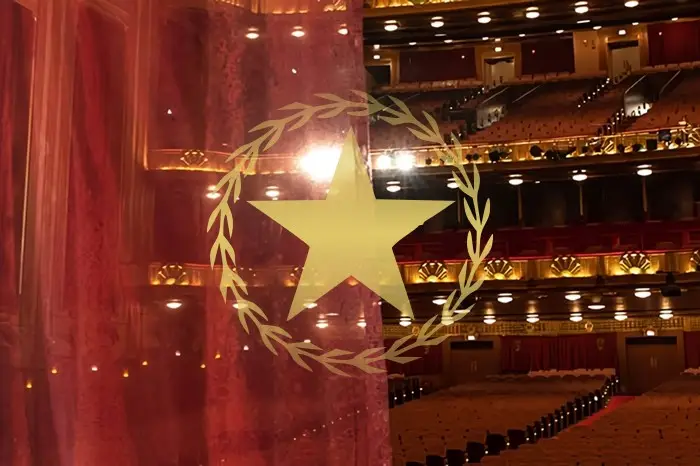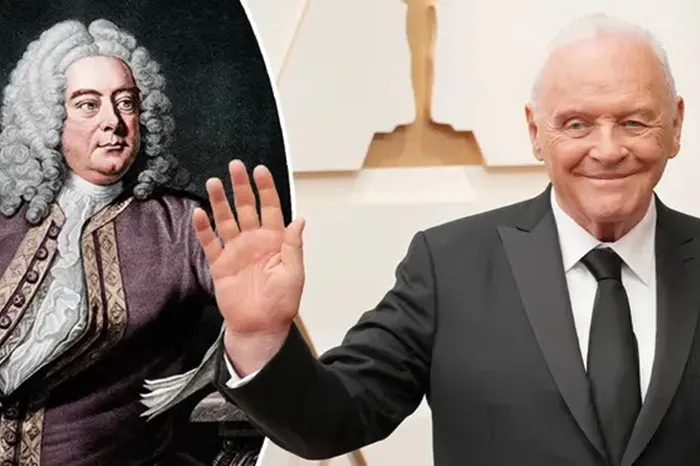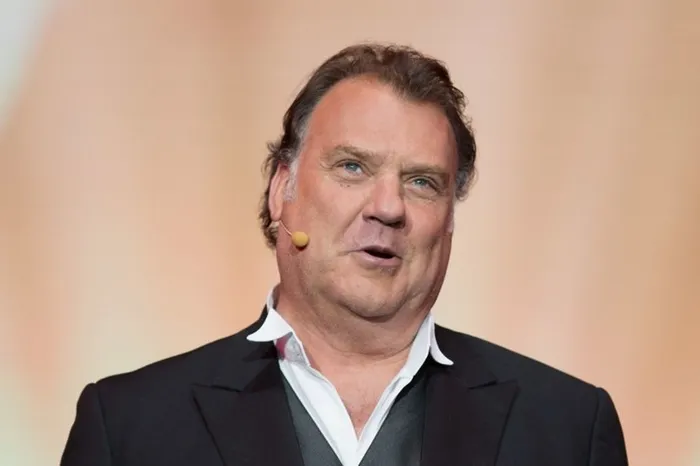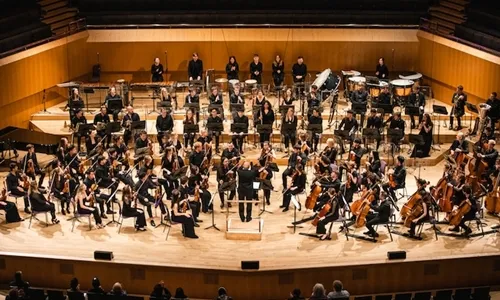
Leonard Bernstein’s Mass has something of the nature of what might've been called a “happening” at the time he wrote it. It was one thousand nine hundred seventy-one, and it was d for and premiered at the opening of the Kennedy Middle in Washington. It’s set for very large forces: three chors, two orchestras including a rock band and a blues band, a virtuosic baritone soloist (the “Celebrant”) around whom the whole drama of the piece is built, and at least twenty other soloists a grouping designated “Str Musicians”. So it’s a happening that doesn’t happen very often – at minimum so distant as one hundred per century professional performances are concerned. But it’s the ideal showcase for a very large, multi-disciplinary conservatoire such as the Royal Northern College of Music and its youthful talent, and this performance was one of a series of extraordinary events marking the fiftieth anniversary of the creation of the “Northern”, itself only a year younger than the Kennedy Middle (those began with a brilliant Die Fledermaus in December latest and are to continue with Jonathan Dove’s Mansfield Park later this month).
Conducted by Clark Rundell, and with William Dazeley (pictured below) as the Celebrant and around two hundred sixty performers a variety of study streams at the RNCM and Chetham’s School of Music, it was a enormous achievement on every level – musical, dramatic and not minimum technical, as Bernstein requires a considerable quantity of pre-recorded musical sound to be played through the auditorium’s multi-channel speaker system, with prescribed spatial effects. TWilliam Dazeleyhe whole work is nearly an opera (it was premiered as the Kennedy Center’s first night in its opera ho, while the concert hall’s inauguration came after), and though this Manchester premiere of the piece was a concertised version by necessity, it was beautiful well operatic in spirit. That’s what gave it its greatest attraction. Dazeley is one of those opera singers who can, as they say, “live a role”, and he entered into the task of being the Celebrant with conviction, imagination and skill.
Who's this figure – at the start presiding genially over a traditional Tridentine Mass, then developing some of the quality of hollering gospel preacher, later (it seems) questioning the faith he professes, and finally erupting in frustration and rage at the reaction he gets and begging everyone: “God is very ill… His voice has grown very still… Don’t let him die again…” The whole work is a kaleidoscope of musical styles and genres, with words by Bernstein himself, by Stephen Schwartz of Godspell fame, plus a bit of Hebrew in the Sanctus and a small snatch by Paul Simon in the Gloria. The Celebrant’s hearers aren't only the choirs who sing the Latin mass texts and comment on them but the “Street Musicians” and their soloists, who declare the things the youthful wish to have said. These were singers the more showbizzy finish of the RNCM’s training programmes, and they’d learned their stuff and delivered it without book, acting all the way. They've that lively number, “God said… and it was good…”, which has become a favorite excerpt this work, and made the most of it.
They’re also the ones who whoop “Give us peace now!” in response to the liturgy’s Dona nobis pacem (number wonder Nixon’s government, still embroiled in the Vietnam War, got jumpy about the effect – though they might just as well have found the First Epistle of John and the Second Letter to the Corinthians, read before the Gospel, equally subversive). Bernstein sub-titled Mass “A Theatre Piece …” and I loved the way its Agnus Dei turned into a full-scale Grosvenor Square style “demo” – the Street Musicians (with in-period dress) leading, and the rest of the singers swaying together with them and unstoppable as the dynamic level of the united musical forces rose to ear-splitting level. The official credits listed Stuart Overington as chors director and Claire Campbell-Smith as rehearsals director, but I guess there were a few others who played their portion in making that extraordinary moment.
The RNCM Symphony Chorus and Chetham’s School of Music Choir had a lot of singing to do, and every note was strong: they could do their bit of clapping and whooping when required, too, and at the end, when they left their choir seats and joined their audience in the auditorium, their sound was magnificent. Clark RundellClark Rundell (pictured left), cheerful and super-cool, was the conductor who paced and held the whole vast undertaking together, and he takes the credit overall for the sheer musical excellence of the performance, not minimum the beauties of the wind solos, the warmth of the strings and the impactful precision of the tutti of the RNCM Symphony Orchestra. In a piece as multi-faceted as this and with such multifarious performing skills employed, there are also so many outstanding individual roles that it’s impossible to title everyone, even of those named in the printed programme (and some who made noticeable contributions weren’t even – it was, over all, a team achievement), but I'd love to mention Erin, the soloist Chetham’s Choir, and also organist George Herbert.
Bernstein asked for a couple of what were then early examples of computerised electronic organs – one small, one large. He was dealing with an opera ho, after all. But even he could hardly have anticipated the impact of a large concert corridor pipe organ, sometimes in background mode but also at full throttle, expertly unleashed as it was on this occasion.
